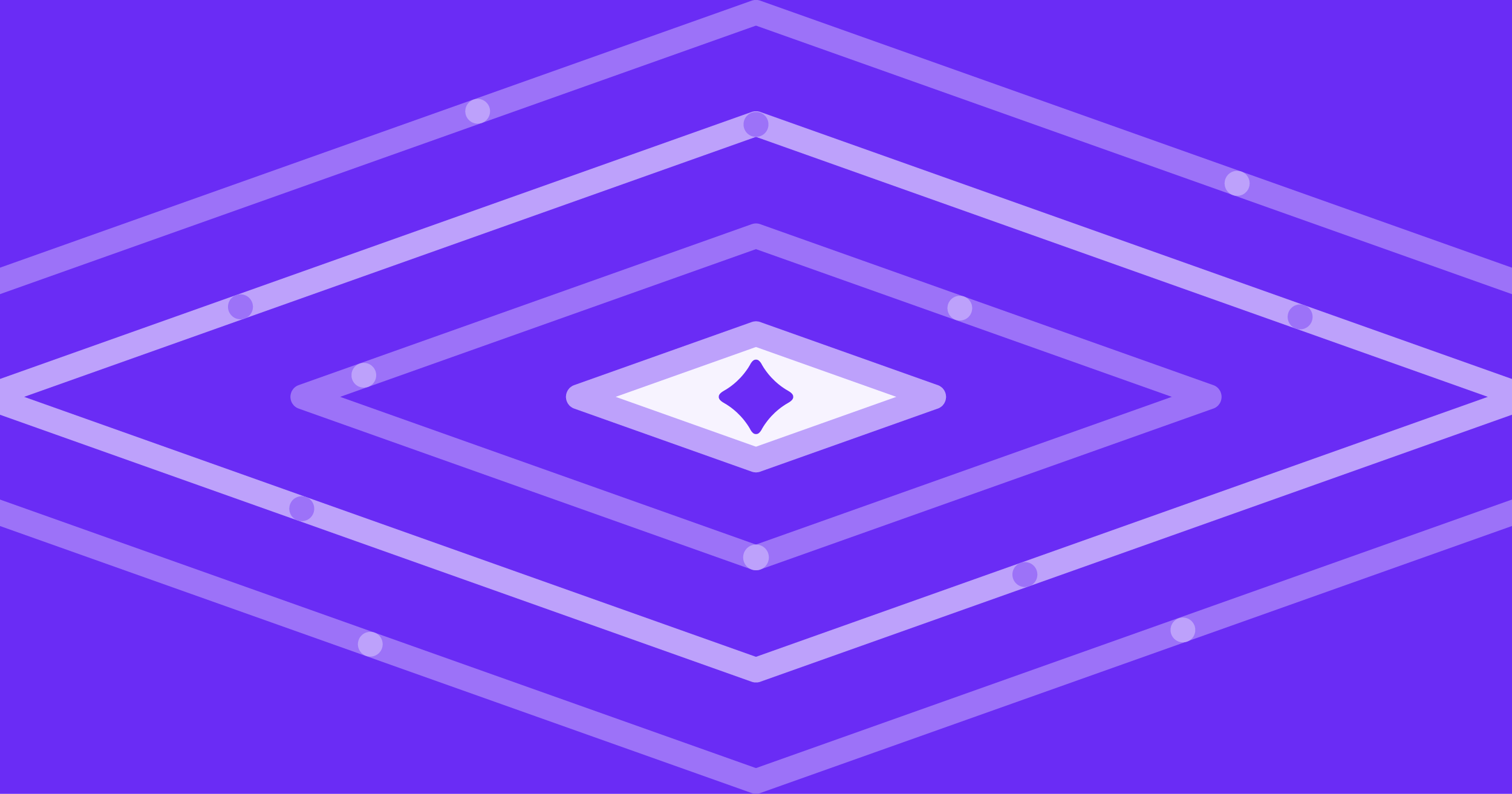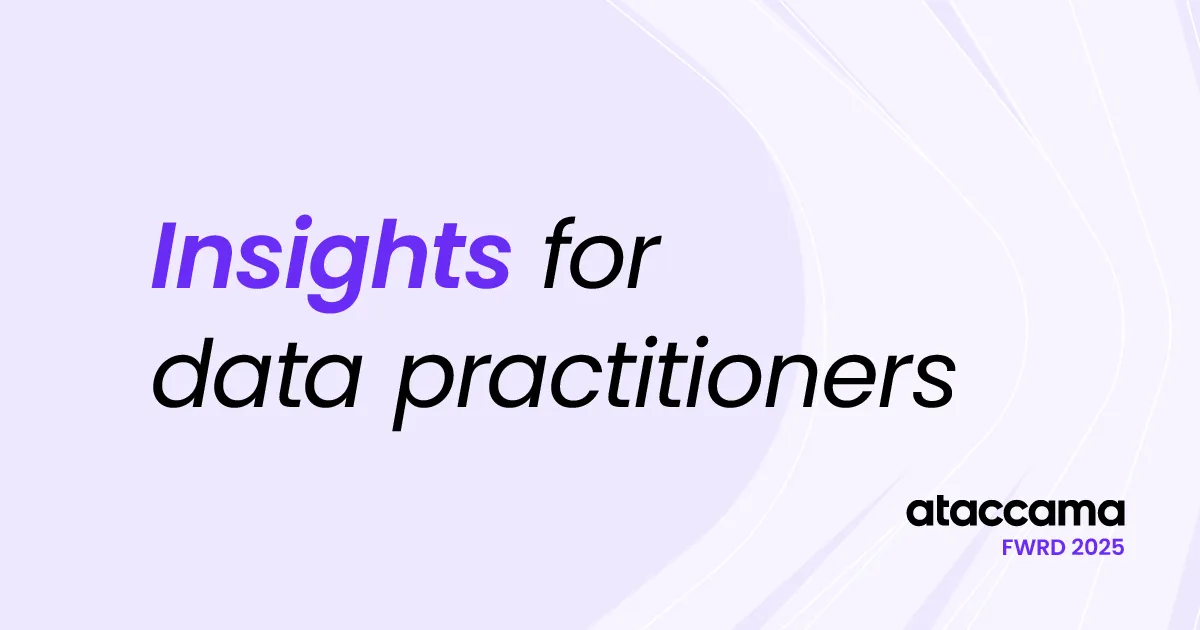Embracing the Future of Data Governance with our Clients, Part 2

We asked our clients in the Asia Pacific region about their challenges to becoming data-driven and what they’re working on and excited about for the future. If you’d like to learn more about data governance in general, read our article about it here.

Can you comment on how data governance has enhanced your customer experience
We help Australians thrive from cradle to grave and needed a single version of the truth, and because we’re member-owned, we had specific compliance requirements. We found a balance of people, process, and technology that allowed us to exceed our compliance obligations and improve the customer experience through a cultural change. Our leadership really understands the value of data and helped create a clear information governance working group and strategy. This enabled us to create a member portal, advocating for positive change in the community.
How can we embed DG and DM within the business through stewardship?
Having the right people in the right roles. We’re shaping ours in response to our immediate and wider business needs, choosing people from BI backgrounds and seconding them. The stewards liaise with line of business, risk and compliance to solve issues for the organization.
What are you working on in the future?
The roadmap for governance in the future is bright. We’ve moved past seeing it as being about control. Now it is geared towards unlocking the strategic value of data across the organization, on-boarding more sources of data, and making them accessible.

Can you tell us about some of the tangible deliverables of your Data Governance Program?
We embarked upon an internal journey of data literacy as a pre-requisite for enabling self-service analytics and becoming data-driven. We decided that we needed to purchase a data catalog to help with this through data democratization. We’ve still got about a year to go but ultimately it’s about enabling literacy through the catalog.
Did you have challenges setting up stewardship?
It is one of the key elements and I wanted to implement it by finding the appropriate people from LOB roles. I found it to be challenging because they didn’t really want to share resources for activities they didn’t think or know were valuable.
What are and how can we mitigate the risks to sharing data via email and Excel?
It isn’t uncommon because people don’t know or have access to the catalog. In order to mitigate this, you can implement controls. We did this by improving and protecting the value of information. One example is to identify and classify information assets based on risk and sensitivity. We’ve also installed data loss prevention software.
What are you working on in the future?
We have four goals:
- Improve the value of information
- Reduce risks
- Reduce costs around storage and retrieval
- Improve operational efficiency – we have a lot of work to do here

How did you get started with your Enterprise Data Governance Program?
We wanted to have value exponentially multiplied by building a data governance program that delivered immediate business results through (for instance) RDM.
What were your considerations when selecting technology?
It was important to have a product that represented our vision, instead of solving a specific business problem such as RDM. We want it to lay the foundations for wider data management through MDM and Data Quality for example. We didn’t see this extensibility in other products.
What are and how can we mitigate the risks to sharing data via email and Excel?
We need to enable the visibility of the data which should have security and controls around its flow.
What are you working on in the future?
There’s a challenge around the cloud landscape: how can we build an agile and robust flow of data across all our cloud platforms.
If you’d like some help with your data governance initiative then use Ataccama. Our platform will make it easier to set up successful governance for all your data systems. Don’t believe us? Watch the demo below.
Watch data governance demo









